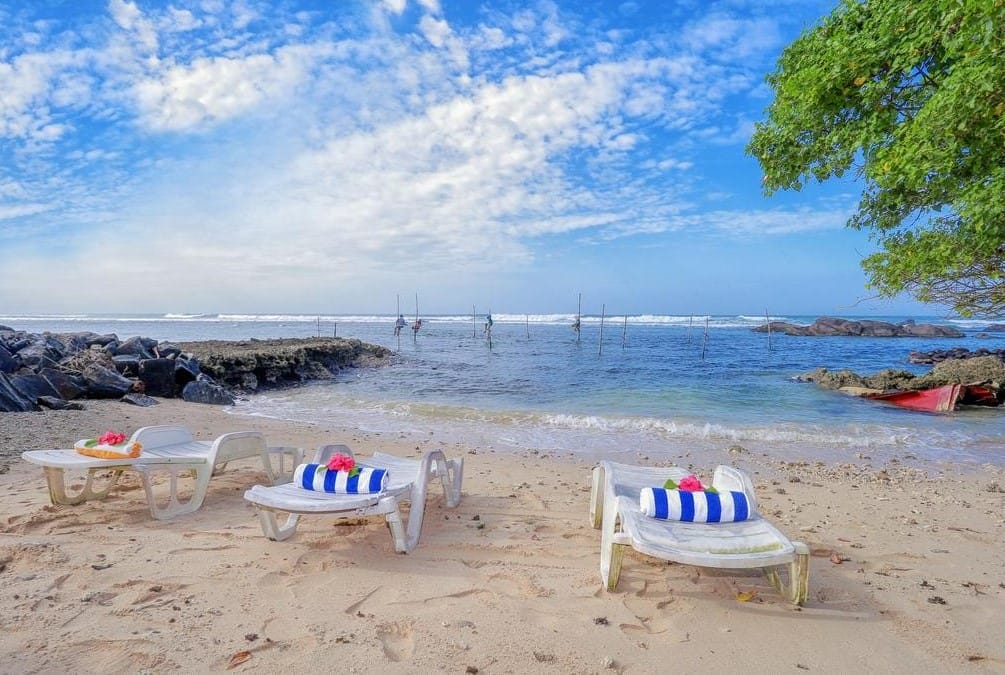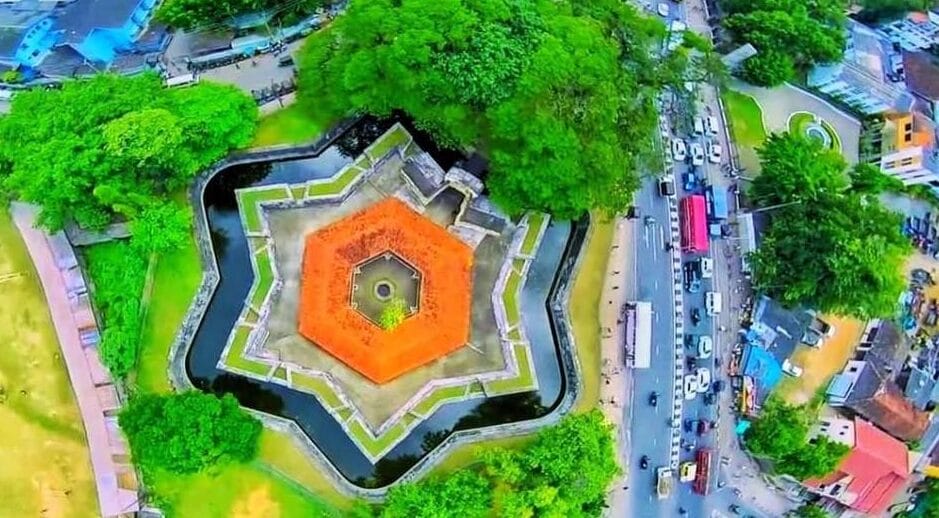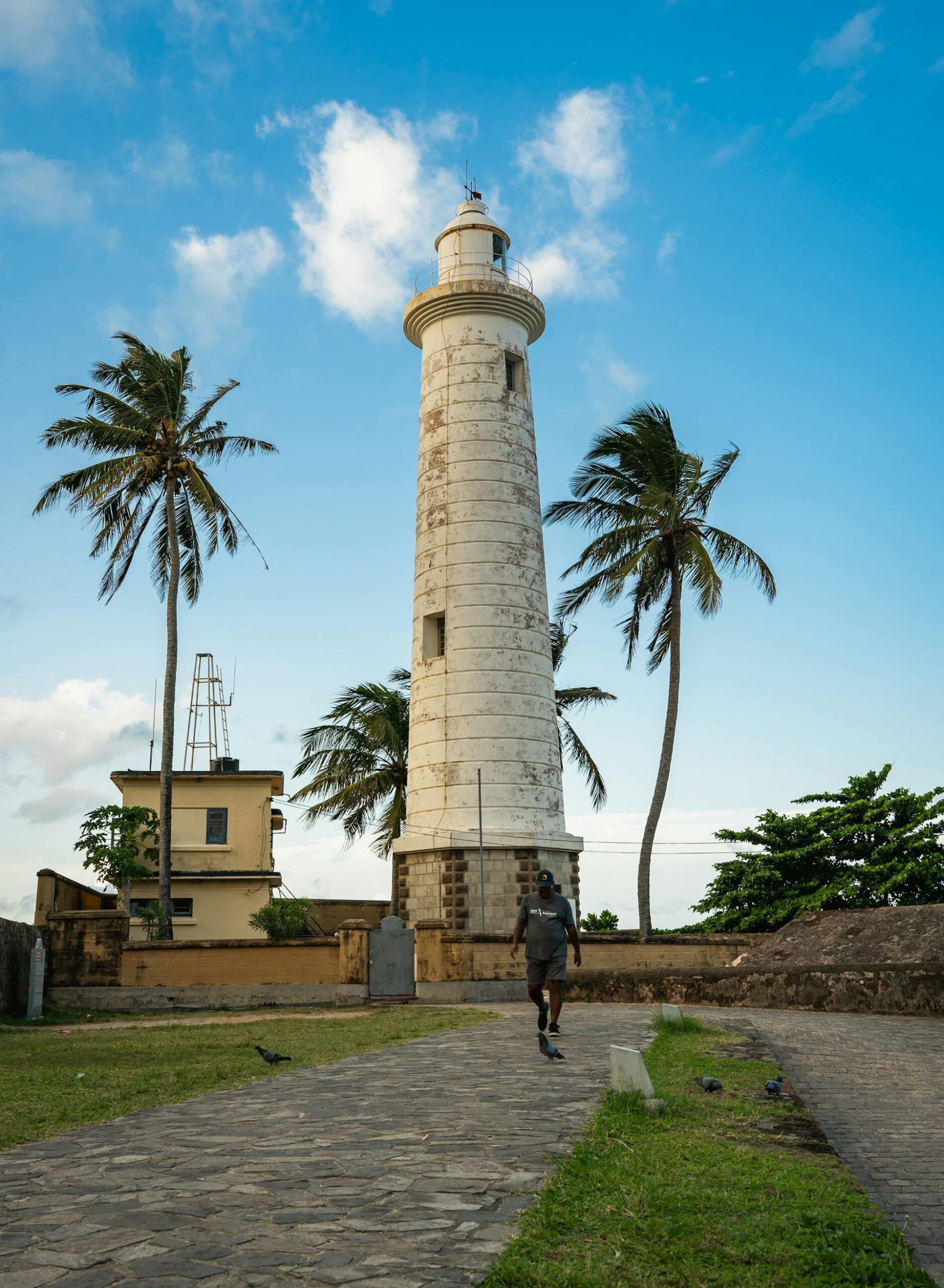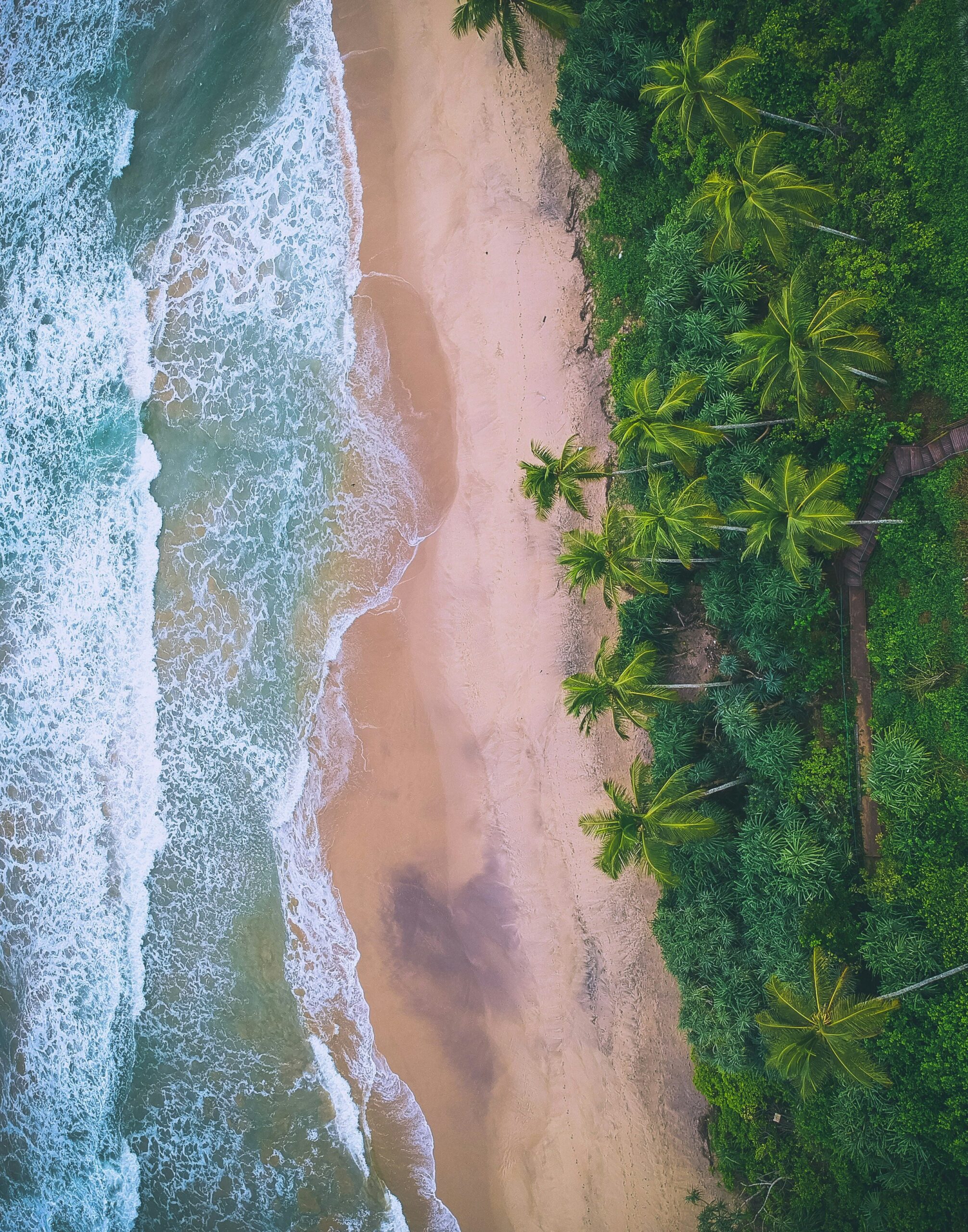Polhena Beach in Matara
Polhena Beach is a picturesque and serene beach located in the southern part of Sri Lanka, about 2 kilometers away from Matara city. This beach is a perfect destination for travelers seeking a peaceful and relaxing vacation with family and friends. The beach is…
Weherahena Temple in Matara
Weherahena Temple or someone called “Weherahena Poorwarama Rajamaha Viharaya,” is another nice place to visit in Matara, Sri Lanka. It is a popular Buddhist pilgrimage site with a large Buddha statue. The temple is considered the first and largest tunnel temple in the world….
Star Fort in Matara
Start Fort, or someone called “Tharaka Kotuwa,” is an ancient building in Matara, Sri Lanka. It was built by the Dutch as a defense building during the period of 1763–1765. The start fort is located 350 meters east of the Matara fort on the…
Dondra Head Lighthouse
Dondra Head Lighthouse is situated in the Dewinuwara of the Southern Province, Sri Lanka. It is considered the southmost point of the island which is situated 6km from the Matara. The Dondra Head Lighthouse is considered the tallest lighthouse in Sri Lanka and one…
Hiriketiya Beach in the Southern Province
Hiriketiya Beach, or what some call “Hiri Beach,” is an upcoming popular tourist attraction in Sri Lanka. If you are seeking the best places for surfing in Sri Lanka, then you should not miss this beautiful spot. It is popular for its calm nature,…








